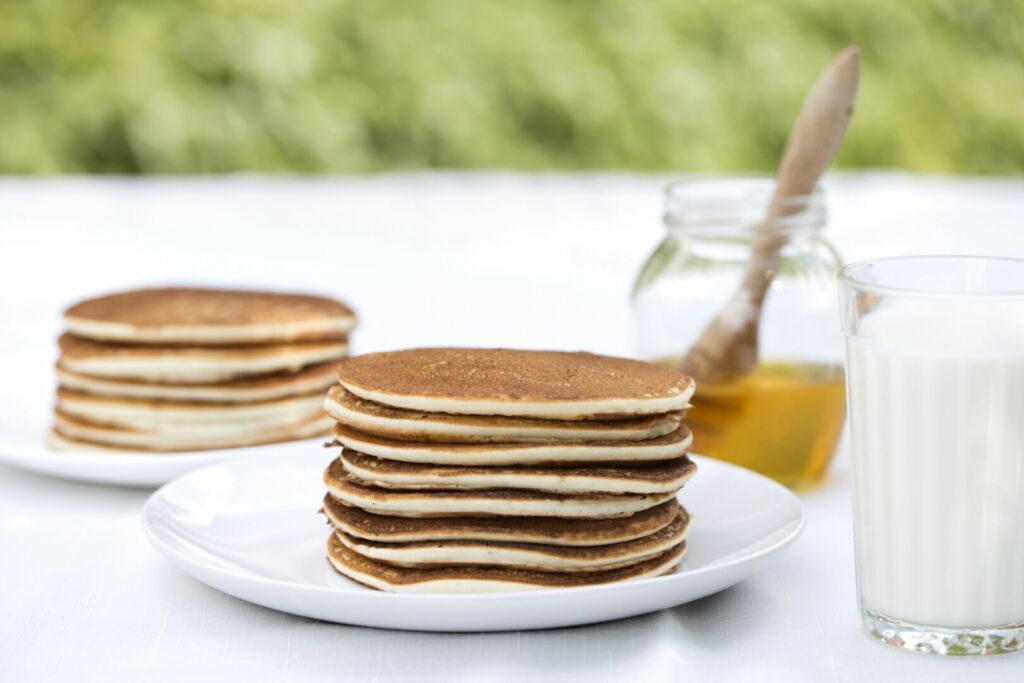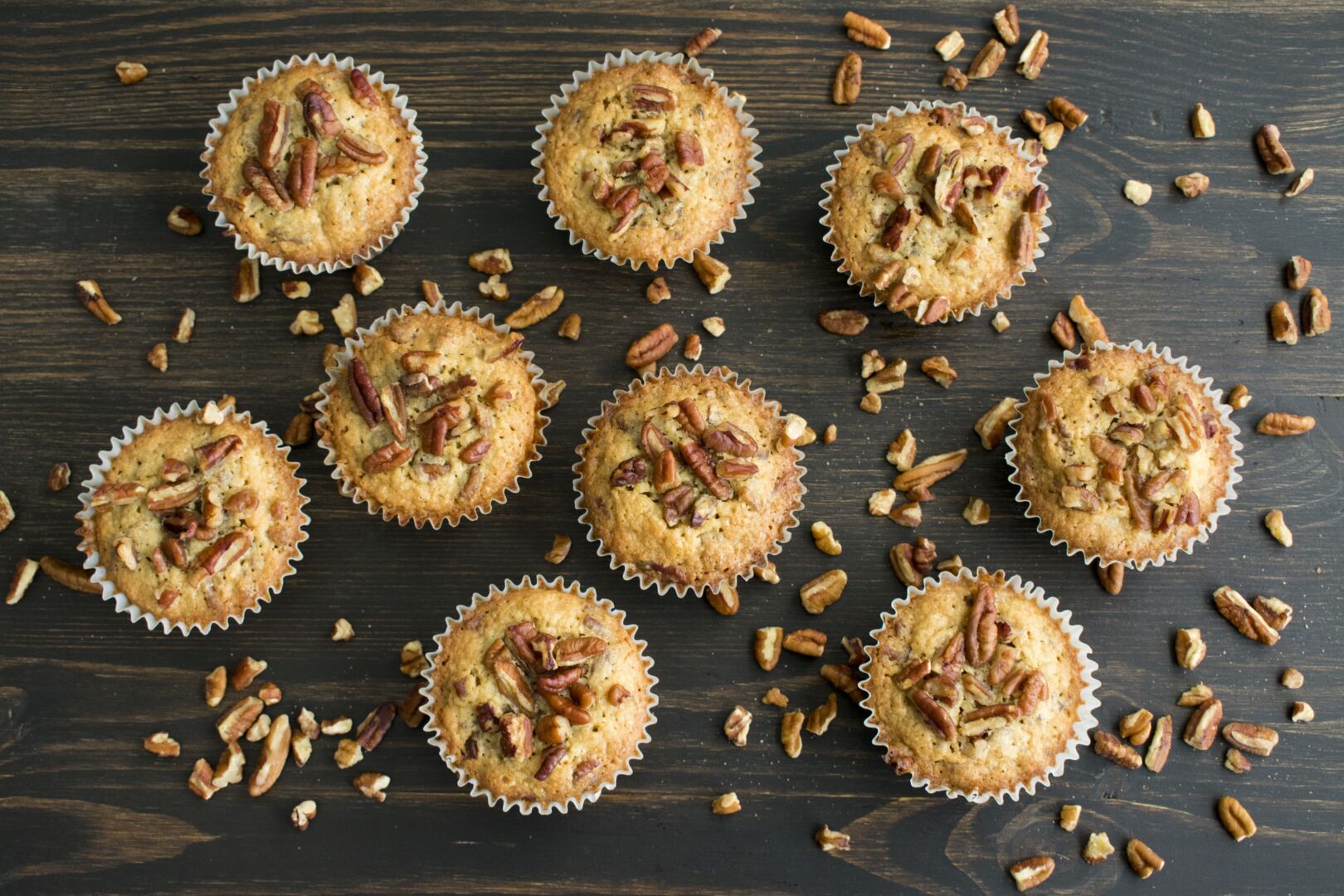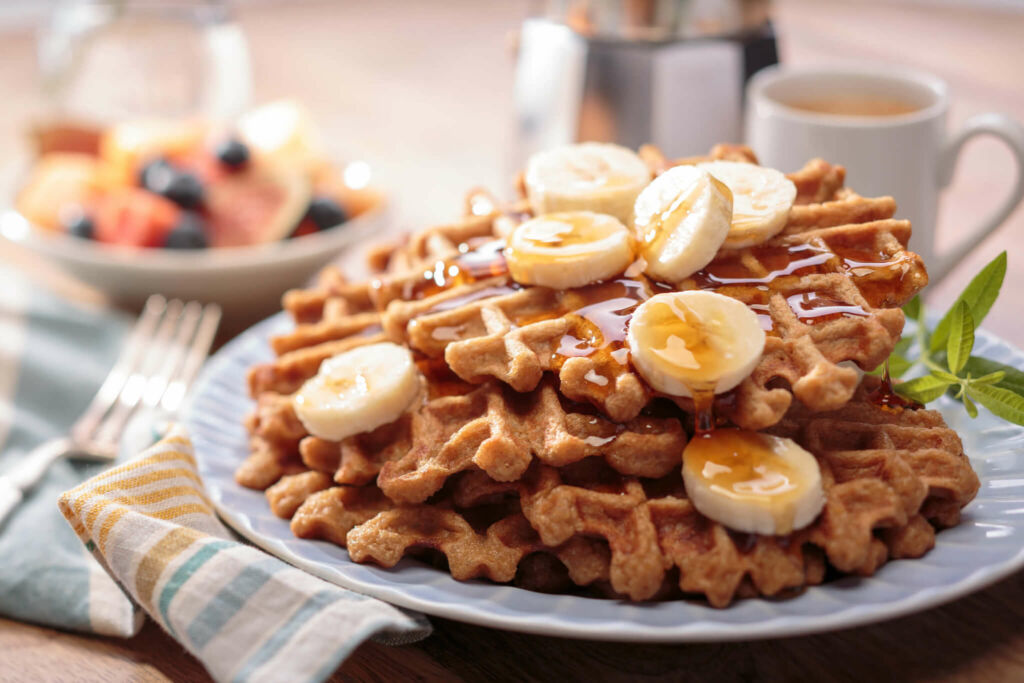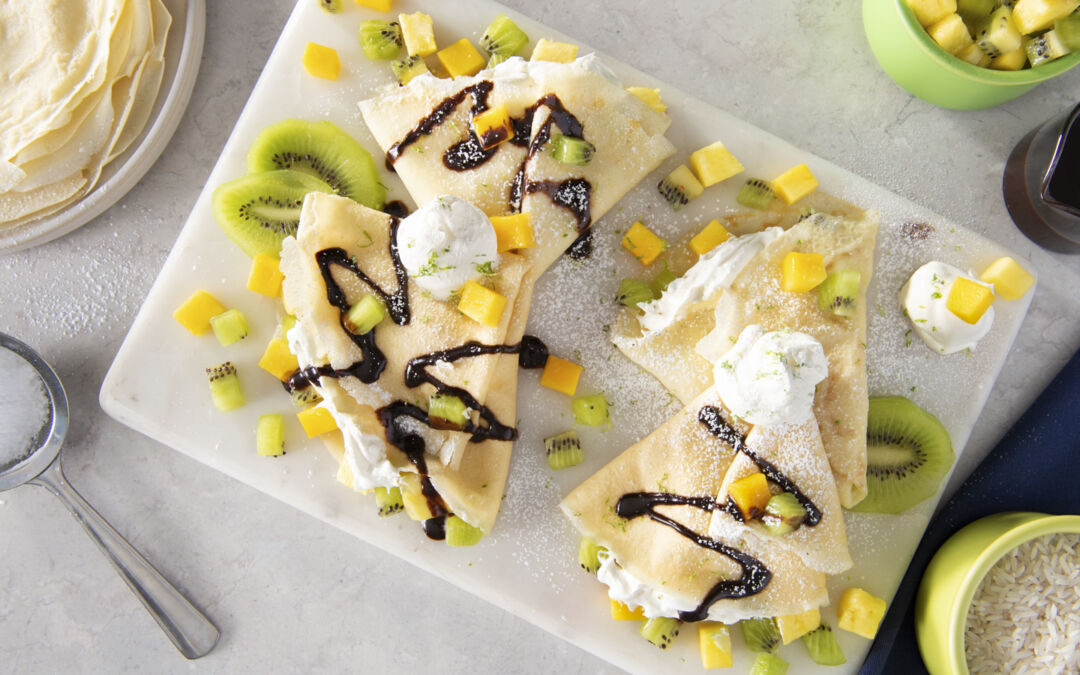Did you know? Using the rice you have on your shelf, you can make rice flour at home to use in your sweet and savory recipes! Just like rice itself, this DIY flour alternative is naturally free of Gluten and contains all of the same vitamins and minerals traditional rice has to offer.
If you’re running low on all-purpose flour or you’re looking for a Gluten Free substitute, rice flour is perfect, and, unlike wheat flour, you can easily make your own at home! We’ll show you just how easy it is and give you a few recipe ideas to get started at home whether you’re looking to save a bit more on groceries or simply try something new. First, let’s go through some additional tips and benefits of rice flour.
Why Use Rice Flour?
Rice flour is more than just an alternative for those who may be living a Gluten Free lifestyle, in fact it has a higher fiber content than traditional all purpose flour and is naturally Gluten Free without any additives. And, like we mentioned before, since it is made from one simple ingredient, it contains all of the same properties as rice so it is low in sodium and cholesterol while high in vitamins and minerals for the entire family.

We suggest you start out using your homemade rice flour in your favorite batters for pancakes, crepes or maybe even to switch up your family’s secret banana bread recipe. The fun doesn’t stop there, it can also work as a thickening agent for your soups or to coat your fried vegetables, making them just a bit more tasty for any picky eaters at home.
Rice is also affordable and has a long shelf life, so if you’re watching your wallet, you can make your own fried rice and rice flour with just one budget-friendly ingredient.
How To Use Rice Flour
One thing that is important to keep in mind is that using a 1:1 substitute with wheat flour might not always work perfectly, so we’ve put together some tips to make things easier from that start.
1. Try out different rice varieties
If you have different rice varieties in your pantry like White, Brown, Jasmine or even Sticky Rice, it is important to keep in mind that each of those will affect the flavor and texture of your flour and as a result your baked goods. If you’re looking for more whole grain and a nutty flavor, try testing out Mahatma® Brown Rice, or for a more neutral flavor with a light and fluffy texture use Mahatma® White Rice. Stick to one at first and see how you like it.
Start out with this simple recipe for Crepes using your freshly ground rice flour and a few other kitchen staples. Have your family and friends get involved by personalizing their own crepe filling like sweet tropical fruit or maybe even a savory cheese filling.
2. Bake Gluten Free Breads and Baked Goods
If you’re living a Gluten Free lifestyle, you can still enjoy different types of bread! We suggest using your rice flour in baked goods like banana and zucchini bread or even muffins. Although this flour variety might not be what you need to make sourdough breads, on account of its lack of gluten, many professionals prefer to use rice flour when letting it rise and for covering their loaves before they score them!

Need a good muffin recipe? Swap in your rice flour for these Savory Muffins made with nutty pecans and minced onions. Top with cheese right out of the oven for a nice touch.
3. Use it as a thickening agent
Rice flour can also be used as a thickening agent for soups and stews as well as tempura batters for frying vegetables, chicken and more! If you’re not up for much baking, try it out in your next soup like this Chicken and Wild Rice Soup, instead of using traditional wheat flour, swap in your newly ground rice flour.
4. Watch the liquid to batter ratio
As it’s made from rice, one benefit of rice flour is that it helps liquid to absorb quickly into the baked goods, giving it more structure. However, if you’re making something liquid like Fluffy Rice Pancakes or Gluten Free Banana Waffles that have liquid batter, you might need to add extra liquid or an additional egg. You can even let it sit in the fridge for a bit to help all of the ingredients blend well together.
How To Make Rice Flour
Are you ready to jump on in and make your own homemade rice flour? We thought so. You’ll need uncooked rice (either white or brown), a blender, a coffee grinder or food processor. A good rule of thumb to follow is that 1 cup of rice yields about 1 1⁄2 cups of rice flour.
Pro tip: save some uncooked rice and learn how to cook jasmine rice following our tips and tricks!

Instructions
Step 1
Place 1 to 2 cups of uncooked rice in your blender, coffee grinder or food processor. Smaller amounts will let the blade work more efficiently and grind the rice better.
Step 2
Cover the blender and grind the rice until it’s a fine powder consistency. Turn the blender on the highest setting to get the best results. The flour should be smooth and there shouldn’t be any large chunks.
Notes
Make sure your flour is finely ground, the finer the better!
Storing your flour
- Place the flour in an airtight plastic or glass container. If you use a resealable bag, squeeze out any excess air before sealing the bag.
- Make sure to label, date and store the flour in the pantry for up to 1 year until you’re ready to use it.
- Storing the flour in the refrigerator or the freezer will help the flour last longer for all of your future use.
Trust Mahatma® Rice for all your favorite recipes! Continue discovering more classic and savory rice dishes, by trying your hand at these recipes for paella seafood or learning how to make rice in a rice cooker.
